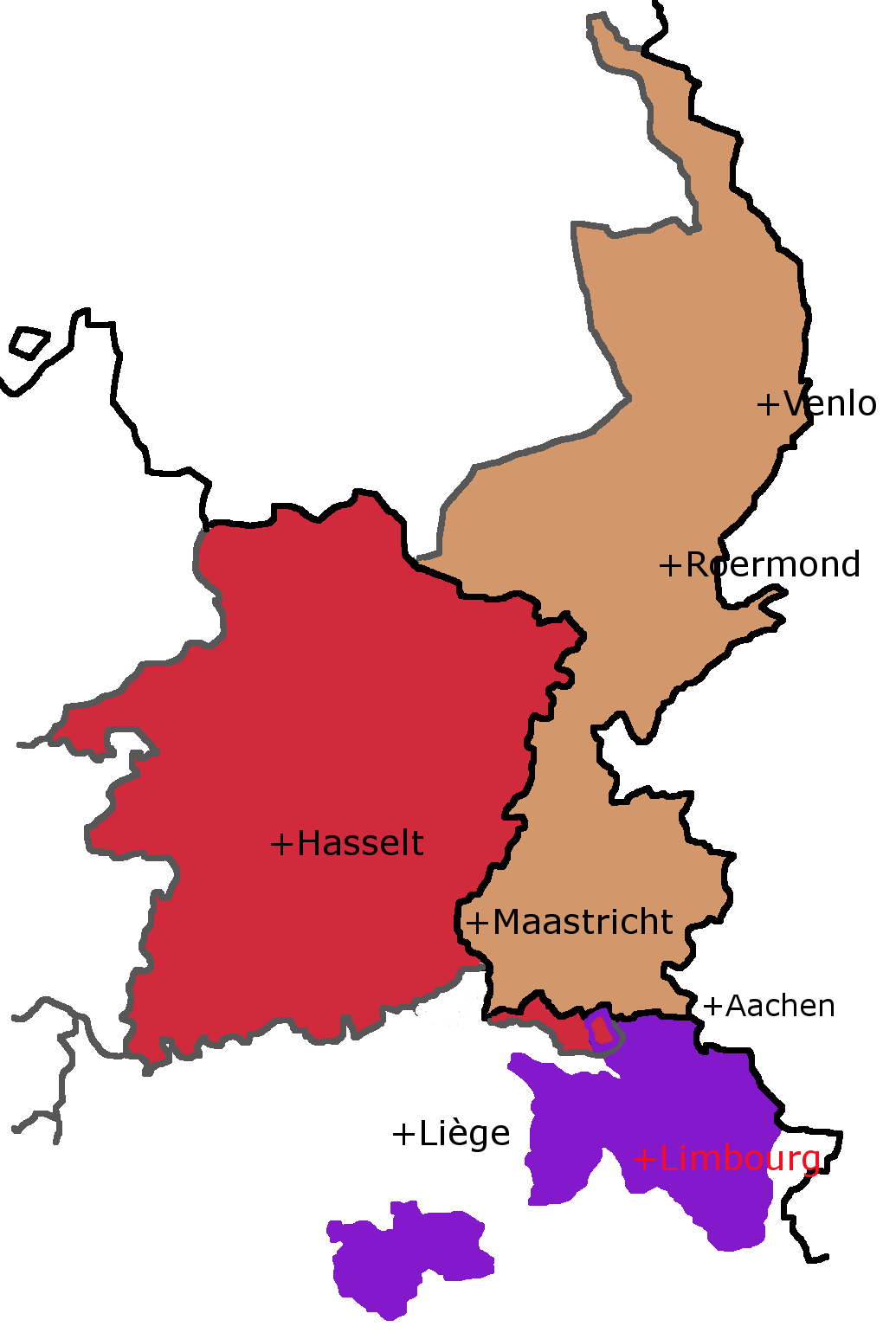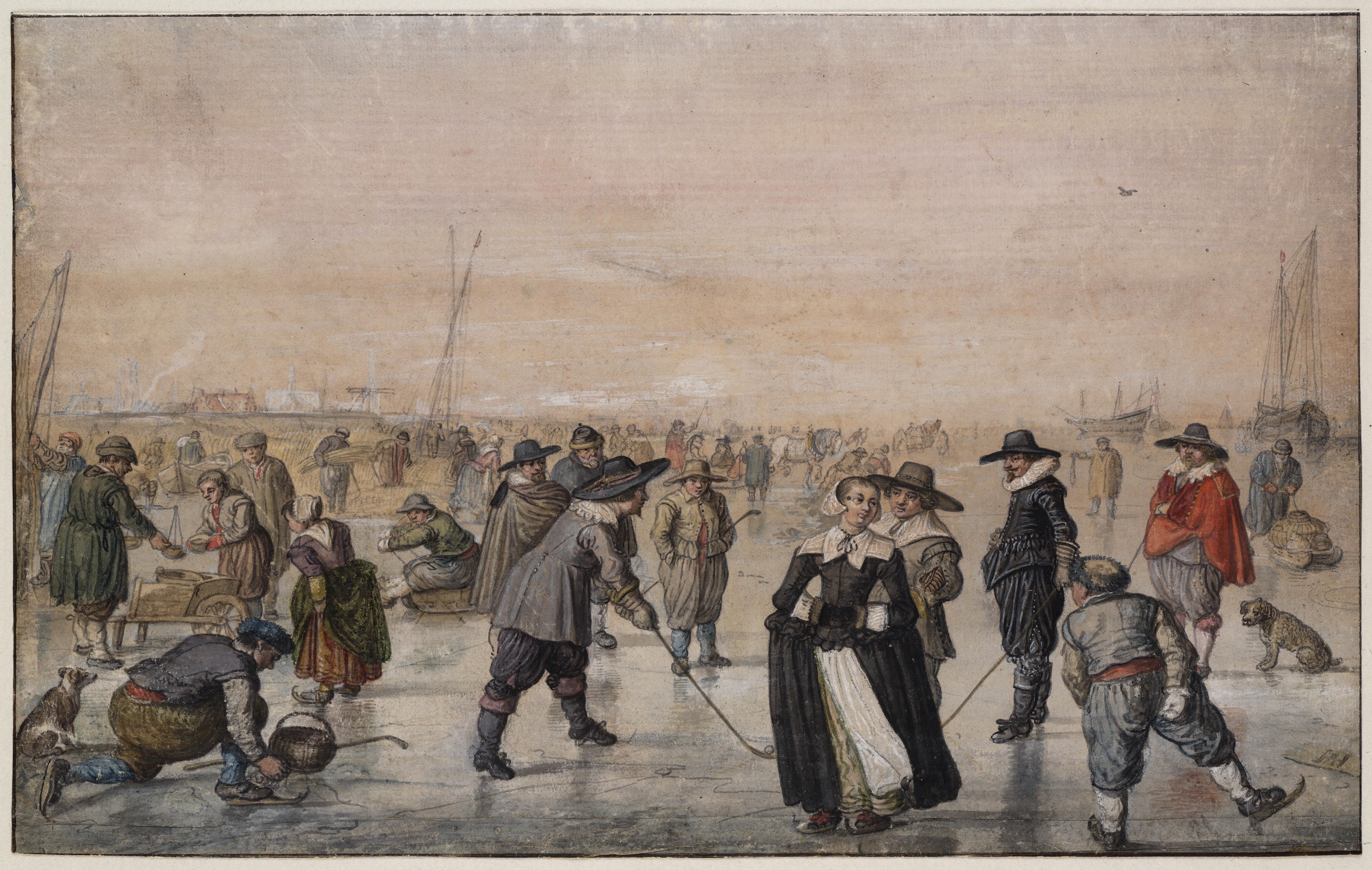|
Maximilian Herregouts
Maximilian Herregouts (fl. 1674) was a painter from the artist family Herregouts. Maximilian Herregouts was born in Roermond, Limburg (Netherlands), Limburg, present-day Netherlands (then Spanish Netherlands). He was the son of David Herregouts and Cecilia Genits. He was thus a brother of fellow painters Hendrik I, Guillaume and Jan Baptist Herregouts. His sister Elisabeth married Mechelen painter Gillis Smeyers. Two works by Herregouts are known, one entitled ''Kitchen, in which a woman is busy baking pancakes'' (1674), dated and signed with his name, and a second entitled ''Eliezer and Rebecca at the well''.Andries Van den Abeele, ''Jan-Baptist Herregouts, kunstschilder en brouwer'' in: Biekorf, 1995, blz. 87-92 [...More Info...] [...Related Items...] OR: [Wikipedia] [Google] [Baidu] |
Maximilian Herregouts - Eliezer And Rebecca At The Well
Maximilian, Maximillian or Maximiliaan (Maximilien in French) is a male given name. The name " Max" is considered a shortening of "Maximilian" as well as of several other names. List of people Monarchs *Maximilian I, Holy Roman Emperor (1459–1519) *Maximilian II, Holy Roman Emperor (1527–1576) *Maximilian I, Elector of Bavaria (1573–1651) *Maximilian II Emanuel, Elector of Bavaria (1662–1726) *Maximilian III Joseph, Elector of Bavaria (1727–1777) *Maximilian I Joseph of Bavaria (1756–1825) *Maximilian II of Bavaria (1811–1864) *Prince Maximilian of Baden (1867–1929) *Duke Maximilian Joseph in Bavaria (1808–1888) *Maximilian I of Mexico (1832–1867) Other royalty *Maximilian, Hereditary Prince of Saxony (1759–1838) *Maximilian, Margrave of Baden (born 1933) Saints * Maximilian of Antioch (died ), Christian martyr *Maximilian of Lorch (died 288), Christian bishop and martyr *Maximilian of Tebessa (274–295), Christian martyr *Maximilian Kolbe (1894–1941), ... [...More Info...] [...Related Items...] OR: [Wikipedia] [Google] [Baidu] |
Herregouts
The Flemish artist family Herregouts is believed to comprise 5 members who were artists: David Herregouts and his four sons. in: Biekorf, 1995, blz. 87-92 David Herregouts David Herregouts, the founder of the dynasty, was a painter born in in 1603 as the son of Sebastian Herregouts and Elisabeth De Gorter, daughter from a brewing family. He married Cecile Geniets from a butcher's family. He was a pupil of his cousin Salmier and a member of the |
Roermond
Roermond (; li, Remunj or ) is a city, municipality, and diocese in the Limburg province of the Netherlands. Roermond is a historically important town on the lower Roer on the east bank of the river Meuse. It received town rights in 1231. Roermond's town centre has become a designated conservation area. Through the centuries, the town has filled the role of commercial centre and a principal town in the duchy of Guelders. Since 1559, it has served as the seat of the Roman Catholic Diocese of Roermond. The skyline of the town is dominated by the towers of its two churches, St. Christopher's Cathedral and Roermond Minster ("Munsterkerk" in Dutch). In addition to the churches, the town centre has many significant buildings and monuments. It is located about 45 km south east of Eindhoven, 70 km south of Nijmegen, 40 km north east of Maastricht and 50 km west of Düsseldorf. History Celtic inhabitants of this region used to live on both sides of the river Roer. Invading Ro ... [...More Info...] [...Related Items...] OR: [Wikipedia] [Google] [Baidu] |
Limburg (Netherlands)
Limburg (, ) is the southernmost of the twelve provinces of the Netherlands. It is bordered by Gelderland to the north and by North Brabant to its west. Its long eastern boundary forms the international border with the state of North Rhine-Westphalia in Germany. To the west is the international border with the similarly named Belgian province of Limburg, part of which is delineated by the river Meuse. The Vaalserberg is on the extreme southeastern point, marking the tripoint of the Netherlands, Germany and Belgium. Limburg's main municipalities are the provincial capital Maastricht (population 120,837 as of January 2022), Venlo (population 102,176) in the northeast, as well as Sittard-Geleen (population 91,760, bordering both Belgium and Germany) and Heerlen (population 86,874) in the south. More than half of the population, approximately 650,000 people, live in the south of Limburg, which corresponds to roughly one-third of the province's area proper. In South Limbu ... [...More Info...] [...Related Items...] OR: [Wikipedia] [Google] [Baidu] |
Netherlands
) , anthem = ( en, "William of Nassau") , image_map = , map_caption = , subdivision_type = Sovereign state , subdivision_name = Kingdom of the Netherlands , established_title = Before independence , established_date = Spanish Netherlands , established_title2 = Act of Abjuration , established_date2 = 26 July 1581 , established_title3 = Peace of Münster , established_date3 = 30 January 1648 , established_title4 = Kingdom established , established_date4 = 16 March 1815 , established_title5 = Liberation Day (Netherlands), Liberation Day , established_date5 = 5 May 1945 , established_title6 = Charter for the Kingdom of the Netherlands, Kingdom Charter , established_date6 = 15 December 1954 , established_title7 = Dissolution of the Netherlands Antilles, Caribbean reorganisation , established_date7 = 10 October 2010 , official_languages = Dutch language, Dutch , languages_type = Regional languages , languages_sub = yes , languages = , languages2_type = Reco ... [...More Info...] [...Related Items...] OR: [Wikipedia] [Google] [Baidu] |
Spanish Netherlands
Spanish Netherlands ( Spanish: Países Bajos Españoles; Dutch: Spaanse Nederlanden; French: Pays-Bas espagnols; German: Spanische Niederlande.) (historically in Spanish: ''Flandes'', the name "Flanders" was used as a '' pars pro toto'') was the Habsburg Netherlands ruled by the Spanish branch of the Habsburgs from 1556 to 1714. They were a collection of States of the Holy Roman Empire in the Low Countries held in personal union by the Spanish Crown (also called Habsburg Spain). This region comprised most of the modern states of Belgium and Luxembourg, as well as parts of northern France, the southern Netherlands, and western Germany with the capital being Brussels. The Army of Flanders was given the task of defending the territory. The Imperial fiefs of the former Burgundian Netherlands had been inherited by the Austrian House of Habsburg from the extinct House of Valois-Burgundy upon the death of Mary of Burgundy in 1482. The Seventeen Provinces formed the core of the Habs ... [...More Info...] [...Related Items...] OR: [Wikipedia] [Google] [Baidu] |
David Herregouts
The Flemish artist family Herregouts is believed to comprise 5 members who were artists: David Herregouts and his four sons. in: Biekorf, 1995, blz. 87-92 David Herregouts David Herregouts, the founder of the dynasty, was a painter born in in 1603 as the son of Sebastian Herregouts and Elisabeth De Gorter, daughter from a brewing family. He married Cecile Geniets from a butcher's family. He was a pupil of his cousin Salmier and a member of the |
Mechelen
Mechelen (; french: Malines ; traditional English name: MechlinMechelen has been known in English as ''Mechlin'', from where the adjective ''Mechlinian'' is derived. This name may still be used, especially in a traditional or historical context. The city's French name ' had also been used in English in the past (in the 19th and 20th century) however this has largely been abandoned. Meanwhile, the Dutch derived ' began to be used in English increasingly from late 20th century onwards, even while ''Mechlin'' remained still in use (for example a ''Mechlinian'' is an inhabitant of this city or someone seen as born-and-raised there; the term is also the name of the city dialect; as an adjective ''Mechlinian'' may refer to the city or to its dialect.) is a city and municipality in the province of Antwerp in the Flemish Region of Belgium. The municipality comprises the city of Mechelen proper, some quarters at its outskirts, the hamlets of (adjacent) and (a few kilometers away), as ... [...More Info...] [...Related Items...] OR: [Wikipedia] [Google] [Baidu] |
Year Of Birth Unknown
A year or annus is the orbital period of a planetary body, for example, the Earth, moving in its orbit around the Sun. Due to the Earth's axial tilt, the course of a year sees the passing of the seasons, marked by change in weather, the hours of daylight, and, consequently, vegetation and soil fertility. In temperate and subpolar regions around the planet, four seasons are generally recognized: spring, summer, autumn and winter. In tropical and subtropical regions, several geographical sectors do not present defined seasons; but in the seasonal tropics, the annual wet and dry seasons are recognized and tracked. A calendar year is an approximation of the number of days of the Earth's orbital period, as counted in a given calendar. The Gregorian calendar, or modern calendar, presents its calendar year to be either a common year of 365 days or a leap year of 366 days, as do the Julian calendars. For the Gregorian calendar, the average length of the calendar year ... [...More Info...] [...Related Items...] OR: [Wikipedia] [Google] [Baidu] |
17th-century Dutch Painters
The 17th century lasted from January 1, 1601 ( MDCI), to December 31, 1700 ( MDCC). It falls into the early modern period of Europe and in that continent (whose impact on the world was increasing) was characterized by the Baroque cultural movement, the latter part of the Spanish Golden Age, the Dutch Golden Age, the French '' Grand Siècle'' dominated by Louis XIV, the Scientific Revolution, the world's first public company and megacorporation known as the Dutch East India Company, and according to some historians, the General Crisis. From the mid-17th century, European politics were increasingly dominated by the Kingdom of France of Louis XIV, where royal power was solidified domestically in the civil war of the Fronde. The semi-feudal territorial French nobility was weakened and subjugated to the power of an absolute monarchy through the reinvention of the Palace of Versailles from a hunting lodge to a gilded prison, in which a greatly expanded royal court could be more easil ... [...More Info...] [...Related Items...] OR: [Wikipedia] [Google] [Baidu] |
17th-century Flemish Painters
The 17th century lasted from January 1, 1601 (Roman numerals, MDCI), to December 31, 1700 (Roman numerals, MDCC). It falls into the early modern period of Europe and in that continent (whose impact on the world was increasing) was characterized by the Baroque cultural movement, the latter part of the Spanish Golden Age, the Dutch Golden Age, the French ''Grand Siècle'' dominated by Louis XIV, the Scientific Revolution, the world's first public company and megacorporation known as the Dutch East India Company, and according to some historians, the General Crisis. From the mid-17th century, European politics were increasingly dominated by the Kingdom of France of Louis XIV, where royal power was solidified domestically in the civil war of the Fronde. The semi-feudal territorial French nobility was weakened and subjugated to the power of an absolute monarchy through the reinvention of the Palace of Versailles from a hunting lodge to a gilded prison, in which a greatly expanded royal ... [...More Info...] [...Related Items...] OR: [Wikipedia] [Google] [Baidu] |







